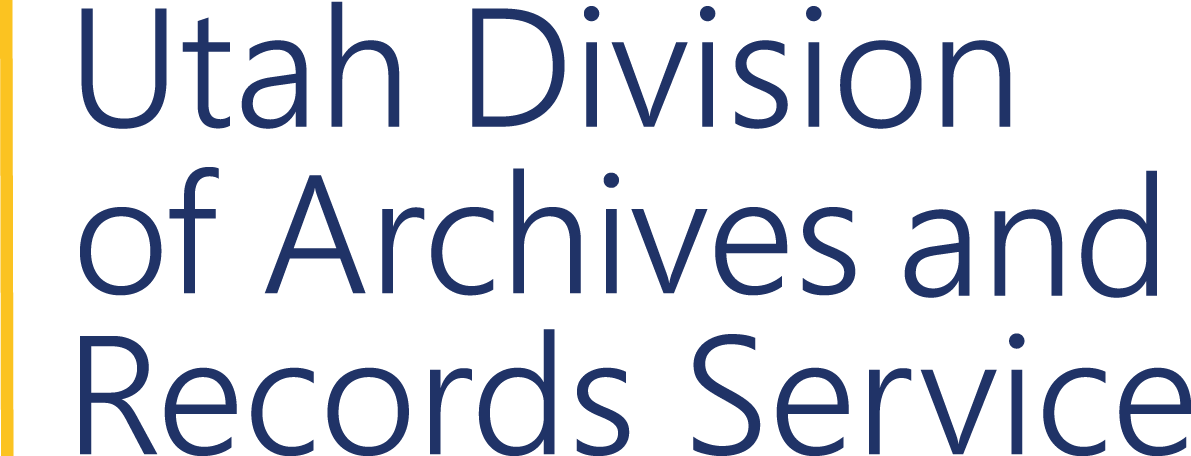Boulder Canyon Project Act
The Boulder Canyon Project Act of 1928 paved the way for nearly a century of reclamation activity on the Colorado River that has left a decidedly mixed legacy. One major provision of this piece of legislation was to make the Colorado River Compact legally binding. It sought to do this by settling the feud between California and Arizona over their shared water allocation. Accordingly, California was limited in its annual diversion to 4.4 million acre-feet per year, while Arizona was granted 2.8 million acre-feet (leaving the remaining 300,000 acre feet in the lower basin to Nevada). The Boulder Canyon Project Act went on to say that the Compact would become legally binding upon ratification by six of the states, one of those states needing to be the compact’s biggest player, California. This was accomplished, in spite of the fact that Arizona (out of protest) refused to formally ratify the compact until 1944.
In 1927, the year before the Boulder Canyon Project Act was passed, the Utah legislature formally repealed their original 1923 ratification of the compact. This was followed, in 1929, by a second ratification of the Colorado River Compact by the state of Utah, as well as the creation of a Utah Colorado River Commission. This commission was made up of three members appointed by Governor George Dern, and tasked with representing Utah’s interest on all matters related to the Colorado River.
The second major provision of the Boulder Canyon Project Act, was a mandate to build the first major dam site on the Colorado River. The location chosen for this was in the Black Canyon near Las Vegas. Construction on the Boulder Dam (later renamed Hoover) commenced during the heart of the Great Depression, in 1931. Over the course of six years thousands of workers built massive diversion tunnels, rerouted the Colorado River from its bed, sunk the foundations for the dam at bedrock, and ultimately constructed a 726′ plug in the Black Canyon that could hold back up to 28,537,000 acre-feet of Colorado River water in the impounded area named Lake Mead.
The water held at Hoover Dam has served a variety of purposes in the ensuing decades. A canal built downstream (named the All-American Canal) carries water from the Boulder project west, into California’s Imperial Valley. The water of Lake Mead has been used for recreation, irrigation, industrial use, and municipal use in both Las Vegas and the cities that mushroomed in southern California throughout the 20th century. Hydroelectric power derived from the dam has played a pivotal role in growing the populations in one of North America’s most inhospitable environments. Electricity generated at Hoover Dam has helped build industry, attract tourism, and provide critical hydration and conditioned air in a region often devoid of both.
NextPage Last Updated September 12, 2022.
